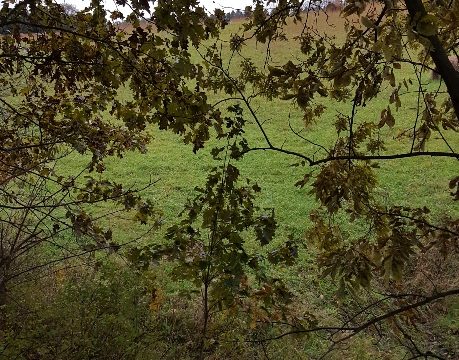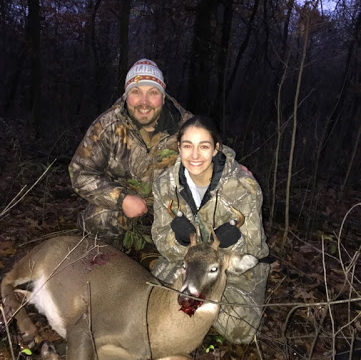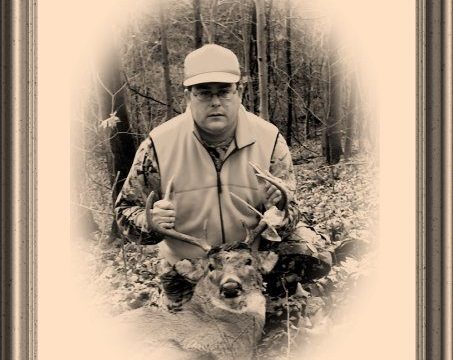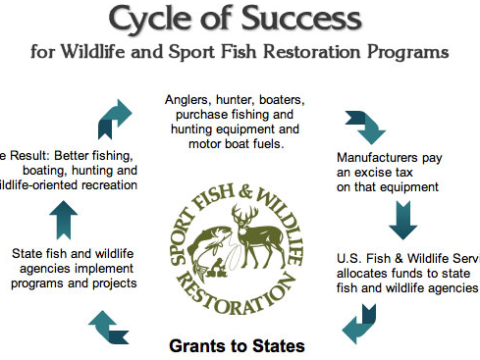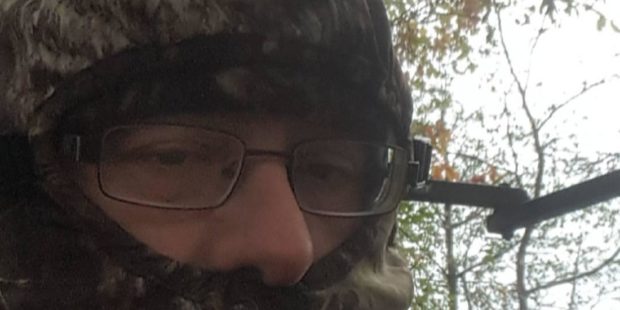
Fifteen feet up in my favorite stand with the cold wind biting into my exposed skin, I sit quietly above a lone food source. It is 18 degrees with snow on the ground and I consider this January, Ohio muzzleloader hunting at its best.
Patience is critical during the late season. Deer are moving later and later to enter food sources, especially if they have received hunting pressure. The leaves are off of the trees and their movement is more exposed, so whitetail deer tend to move closer to the cover of darkness. Today’s hunt would prove no different.
Hunting pressure on neighboring property had bumped the deer earlier in the afternoon. Just prior to dark a small six-point cruised across the edge of the overgrown fields traveling 300 yards from his bed to feed at this lone food source. I watched him travel in on a line down one of the well-used trails into the food source. He made his way to the food stopping at 15 yards to feed. Although I was passing on this young deer, it was great to see the pattern of bed to food come to fruition.
The young buck fed in front of me for 15 minutes and the entire time he was on high alert. Eating a few bites, then looking sharply down his back trail into the hayfield. He would repeat this over and over while he fed. His demeanor was nervous because of the pressure and lack of cover. Even at a young age, this buck knew danger could be upon him at any moment. Little did he know that danger sat 15 yards away up in the large oak tree.
Finally, the buck moved on as the woods faded into darkness. I removed the primer from my weapon, descended the tree, and walked out of the woods towards home. No harvest, but another memorable hunt.
Good luck everyone!

